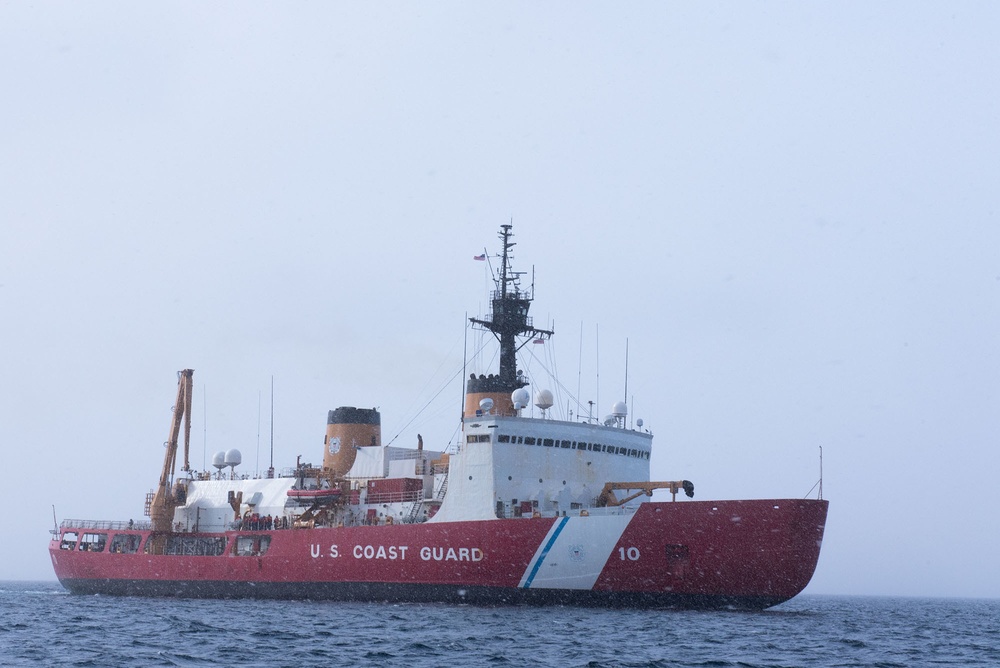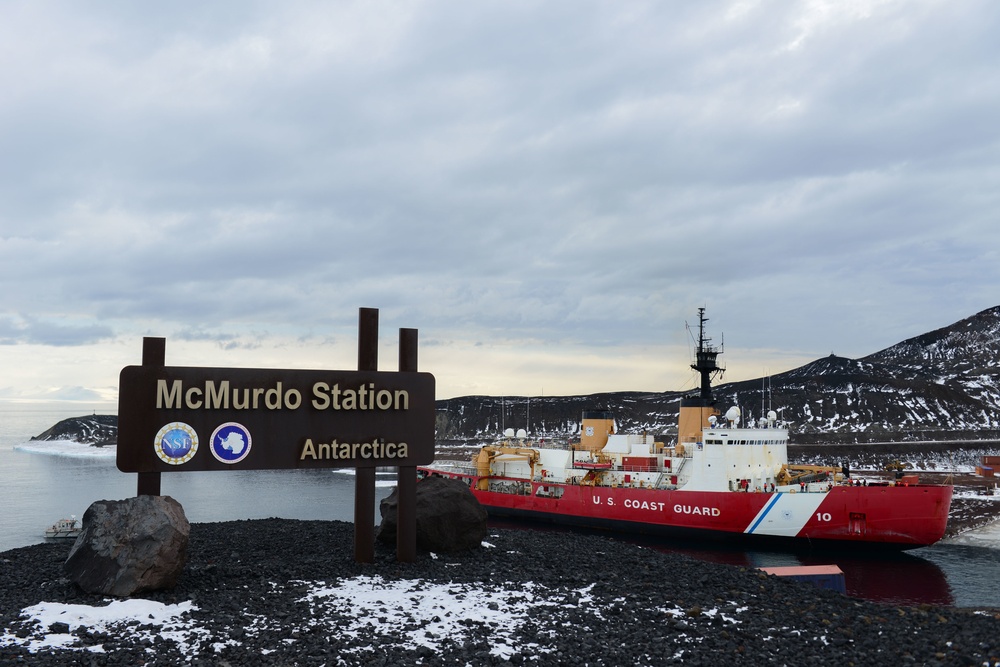The newest US icebreaker now has a name, but construction is still delayed
The Polar Sentinel, the first U.S. heavy icebreaker in four decades, won't be delivered until May 2025 at the earliest.

The newest U.S. icebreaker will be called Polar Sentinel, but the ship’s delivery will be delayed until at least May 2025, Adm. Karl L. Schultz, commandant of the Coast Guard, said last week.
Construction on the ship has not yet begun, Schultz announced in his final annual address to the service on Thursday, but he indicated that construction hasn’t yet begun on the ship: “Work remains underway in preparation for the construction of our first polar security cutter.”
Polar Sentinel has so far been plagued by delays, with its delivery pushed back to 2025. VT Halter is still preparing its shipbuilding yards for construction of the new vessel.
“Hopefully, we’ll take delivery in May ’25,” Schultz told journalists after the speech, acknowledging that the expanded capacity has come “not at a blistering pace.”
“We haven’t built a heavy icebreaker in a long time — [there’s] special steelwork, different skills — but we’re guardedly optimistic we’ll meet that timeline,” he said.
The Polar Sentinel will be the third polar security cutter in the U.S. icebreaker fleet. (There is also a separate Sentinel class of U.S. Coast Guard cutters that is apparently unrelated to this vessel.)
VT Halter was awarded a $553 million contract for the construction of a second icebreaker, the U.S. Department of Defense announced at the end of December.
Over the summer, Healy, one of two operational U.S. icebreakers, transited the Northwest Passage, hosting scientific experiments and seafloor mapping projects.
Understanding the passage’s geography, especially in times of rapid climate change, is important for operating in the region, Schultz added. “What does a transpolar route, what does a northern sea route look like in the future? I think there’s demands for the Coast Guard.”
In late August, a Coast Guard patrol unexpectedly encountered Chinese warships near the Aleutian Islands, less than 50 miles from the Alaska coast.
Encounters like these may be more common in a changing Arctic, Schultz said in his speech: “Without question, warming air and rising sea temperatures are increasing the number of actors and their activities in the Arctic. Elevated activity increases the risk of maritime safety, national security in the marine environment.”
Schultz was reluctant to address the Russian invasion of Ukraine, on what was then its first day, but he emphasized the importance of collaborating through channels like the Arctic Coast Guard Forum.
“We — the other six Arctic nation, plus the U.S. — really want to continue the conversation about an environmentally sound, safe and secure Arctic,” Schultz told journalists.
“I think the Coast Guard will continue to be looked at as the surface presence in the Arctic,” Schultz said. “I don’t see the Navy building any ice-reinforced ships anytime soon. There’s an awful lot of demands on the CNO [chief of naval operations] and his Navy right now. So I think we will be an important player in the Arctic surface picture for the United States.”

